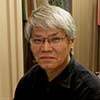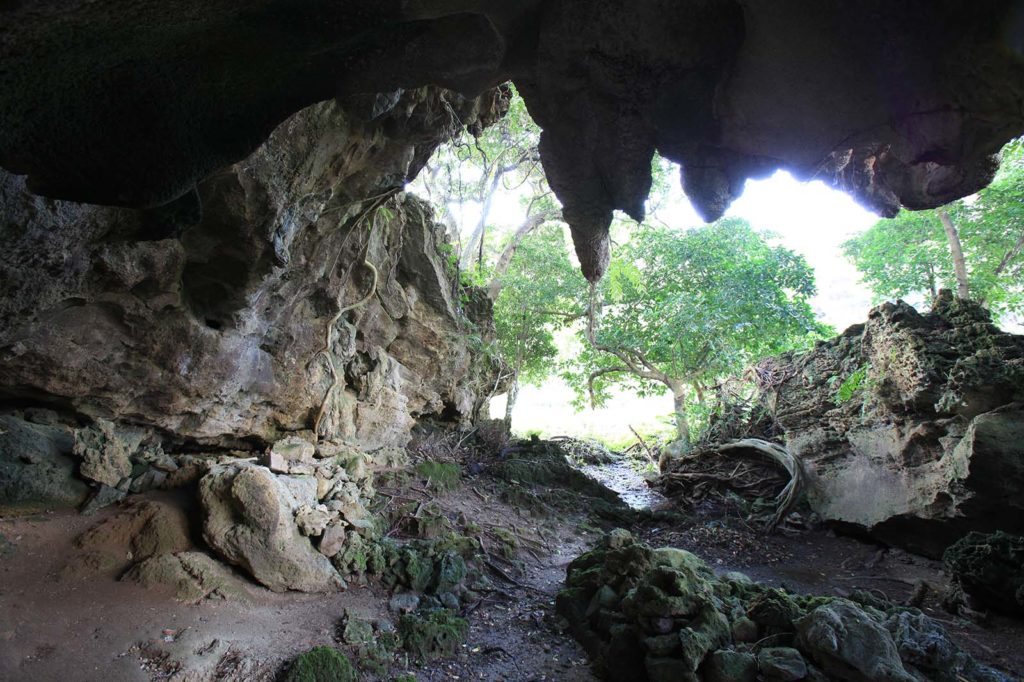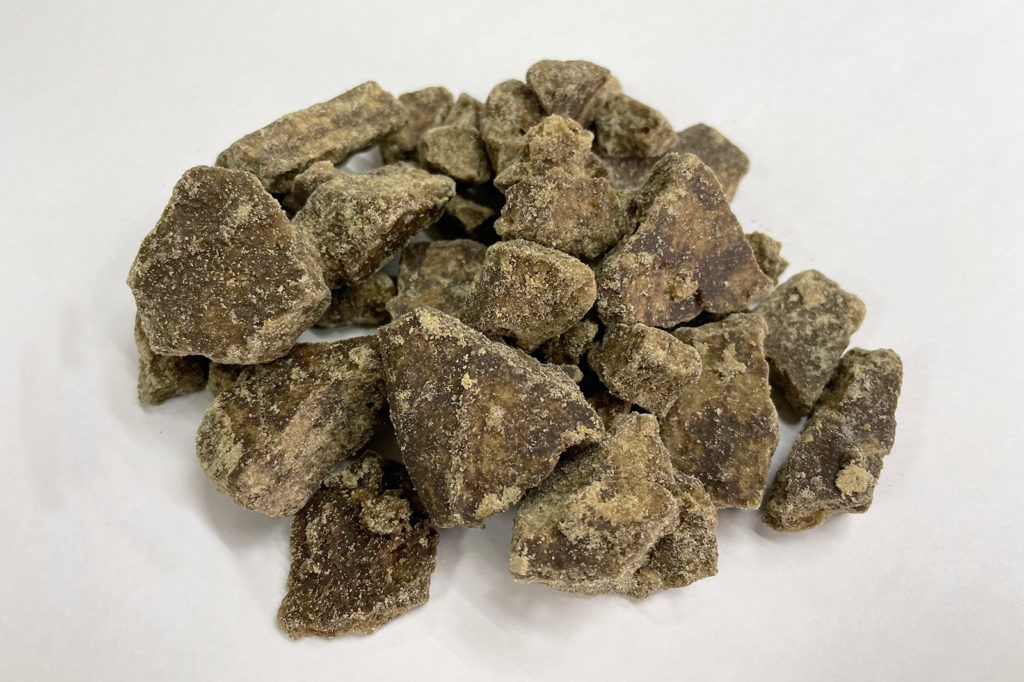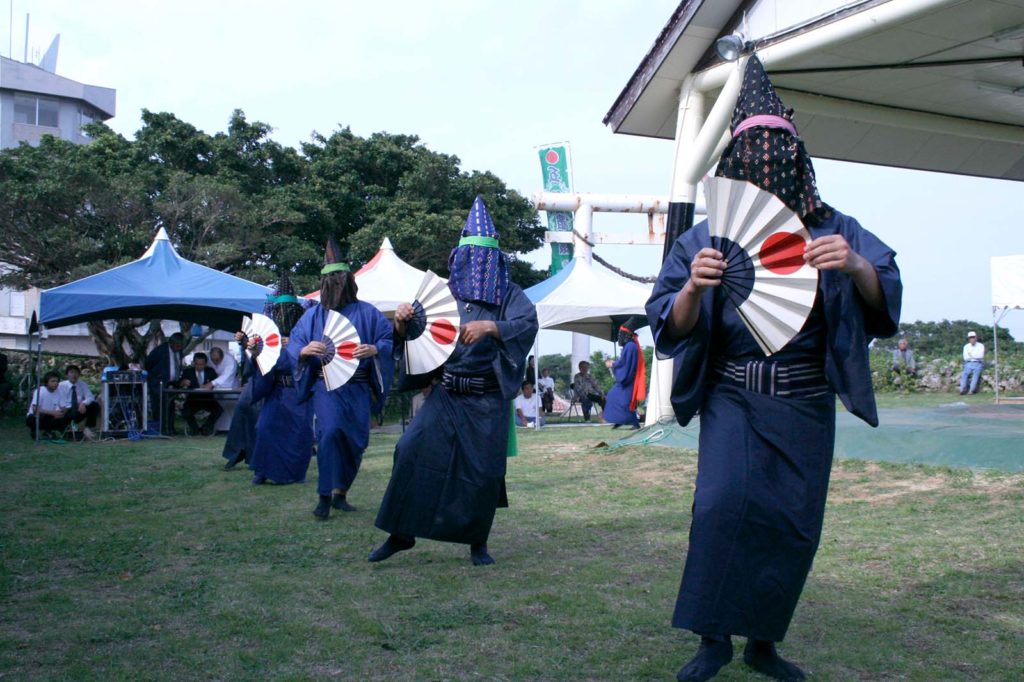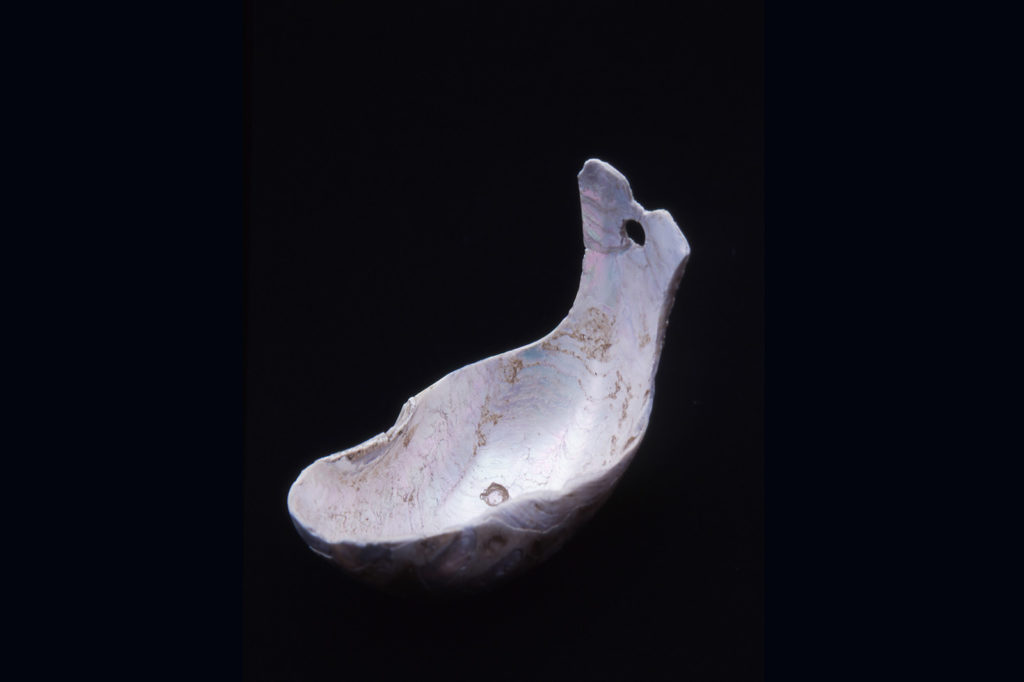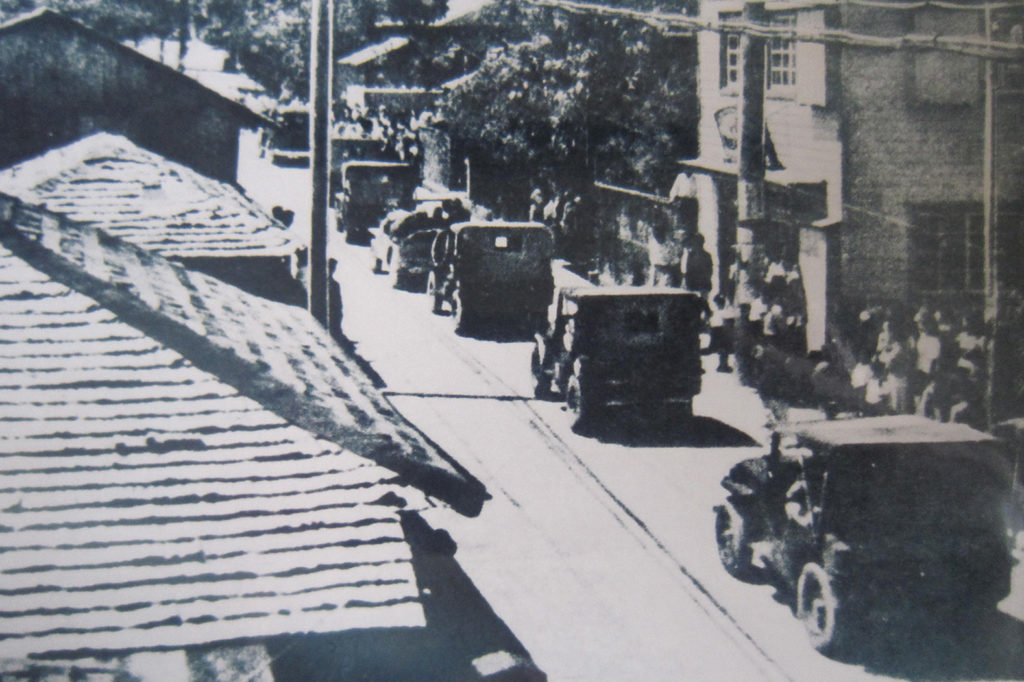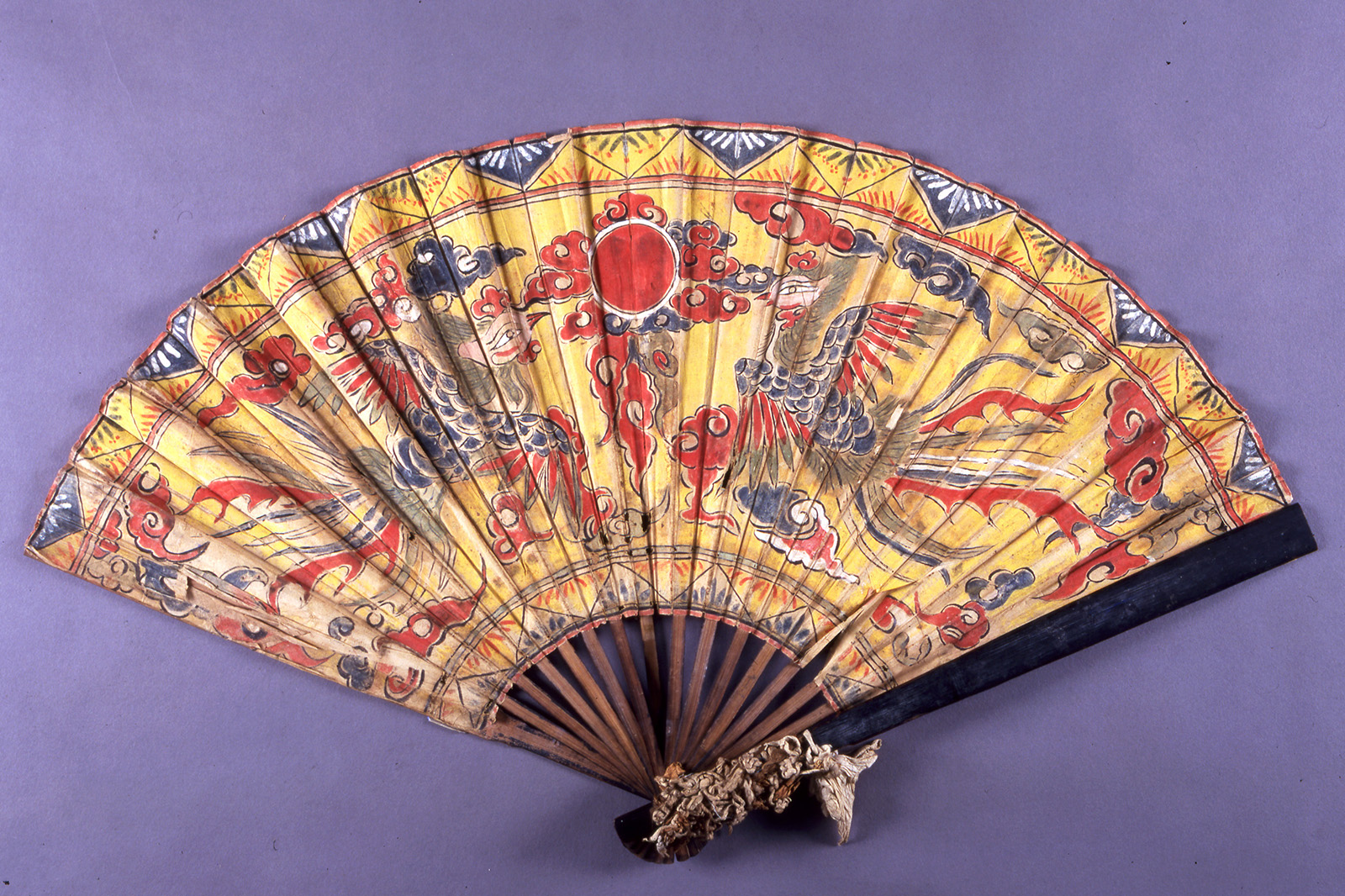
Culture and History
Overview of History in the Amami Archipelago (Early Modern to Modern Times)
At the start of the 14th century, the Chikama clan and other powers of the Satsuma peninsula are said to have had a trade zone with the Amami islands. Yoron and Okinoerabu islands had been under the control of Ryukyu early on, but the Amami Islands came under Ryukyu control until the Satsuma feudal clan invaded the Amami archipelago/Ryukyu in 1609.

Holy fan used by noro shamans (Setouchi Town Municpal Library and Local Musium)
The Sho Dynasty of Ryukyu took control of Amami, and divided each island into several magiri administrative and divisions similar to villages and towns today. Each area was governed by a fuuya who had overall authority, and managed by officials such as a mezashi (for administrative tasks), the fudeko (a scribe) and an okiteyaku, or village headman.
The Satsuma feudal clan began an invasion of the Amami Islands/Ryuku in 1609 and ultimately controlled these areas to mitigate 3 things: a lack of authority granted the samurai in control, a lack of financial resources due to shogunate otetsudai fushin orders to bear the cost of public works construction, and to meet the shogunate’s demands for trade with China.
The islanders at first followed the structures in place under Ryukyu rule while under control of the Satsuma feudal clan, but then the islander’s social status was clearly identified as “peasant,” and positions were created without consideration for old lineages.
The inflow of civilization via court tributes and trade between Ryukyu and China was also taking place under the Satsuma feudal clan, but the clan attempted to protect these profits by taking the Ryukyu-no-uchi policy, which concealed the fact that Ryukyu was controlling the Amami archipelago. Islanders were not allowed to wear clothes in the Yamato style, and had to use single-character last names in the Ryukyu style.
The Satsuma feudal clan created a division of labor system for each island. Kikaijima, Amami and Tokunoshima would produce brown sugar, and Okinoerabu and Yoron Islands would be lands to supply rice. Yakushima was made to produce Yaku cedar, and islands in the Ryukyu Dynasty would make turmeric and brown sugar.
garcane farming increased in the Amami islands and producing brown sugar became common. Brown sugar brought such massive profit to the Satsuma feudal clan as a precious medicine that under clan management, farming gradually pivoted to a monoculture format in which brown sugar was the sole crop. This resulted is less production of food, which led to family disintegration and loss of village face in times of famine. In the wake of this, those who could not pay their taxes would become domestic help and maids known as yanchu, who were physically subordinate to masters. Children were left at home unattended at very young ages and the social hierarchy differentiated people into rankings such as warrior-class squire, island government official and peasant. Such drastic social changes eventually led to a peasant’s revolt.
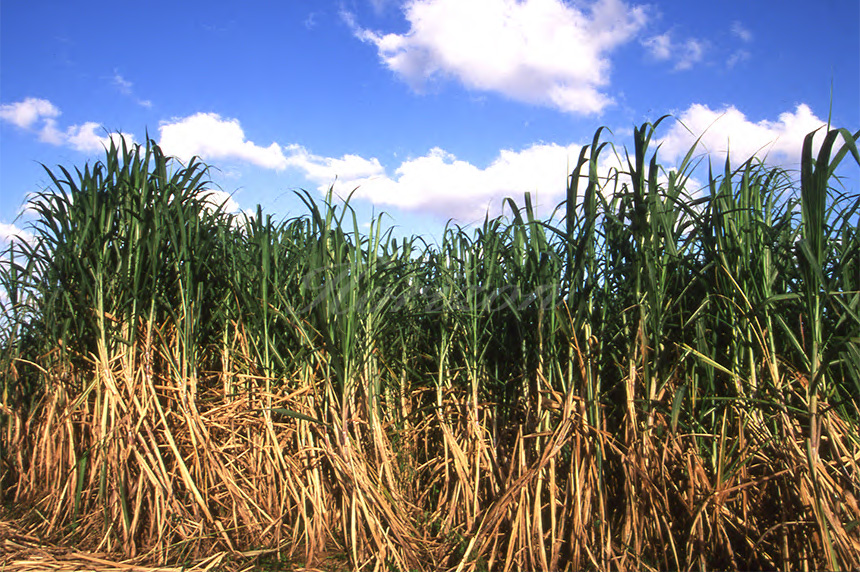
Sugarcane field
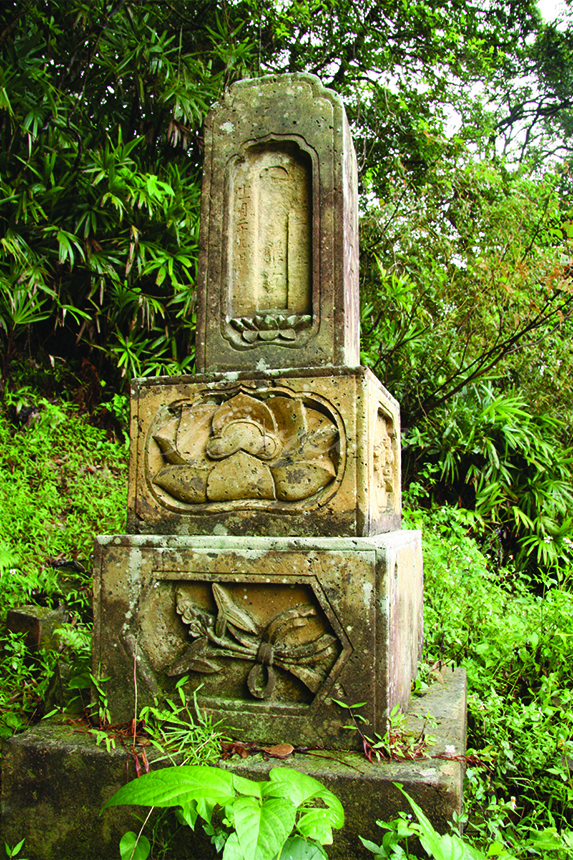
Gravesite of Miwara, one of the men responsible for sugarcane farming in the islands (Yamato Village, Amami Oshima)
A lot of interesting things have come to light amid the collection of multifaceted historical materials new to Amami research. One is that the population increased by 1.35 in the late Tokugawa period as many wooden slat ships were built. It was also discovered that even during the so-called “sugar cane hell” period, people were selling banana tree fiber and lumber to Ryukyu for profit. Songs and festivals must certainly have been something to look forward to in life during those times. The fact that the people of Amami approached life with energy and vigor even in the cruelest of times remains linked to the lifestyles lived there today.
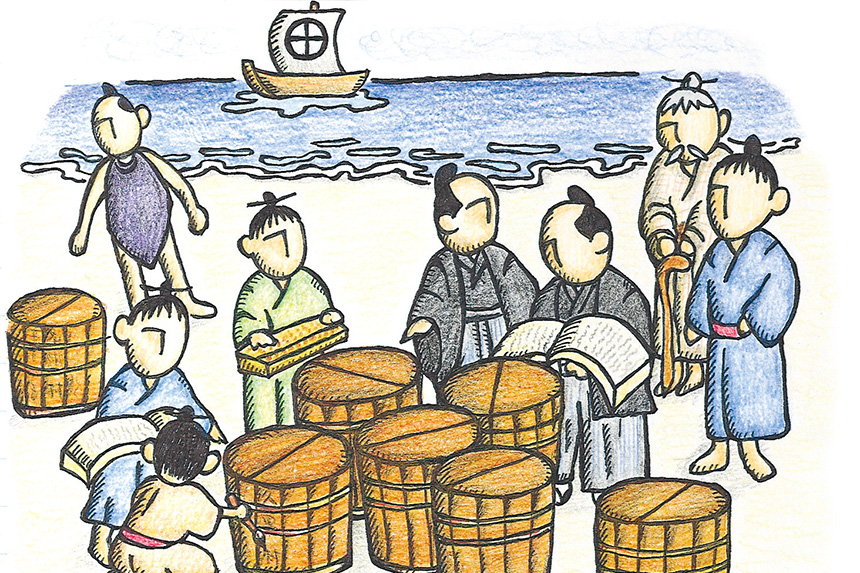
Packing sugar under the eye of Satsuma officials (artists’ depiction)(Illust/Miho Ichiki)
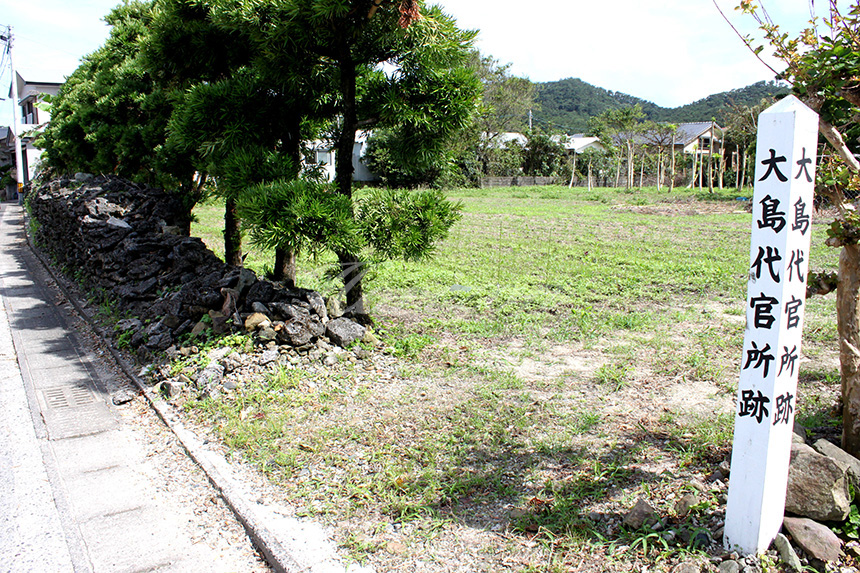
Site of Satsuma clan official’s local residence (Kasari Town, Amami Oshima)
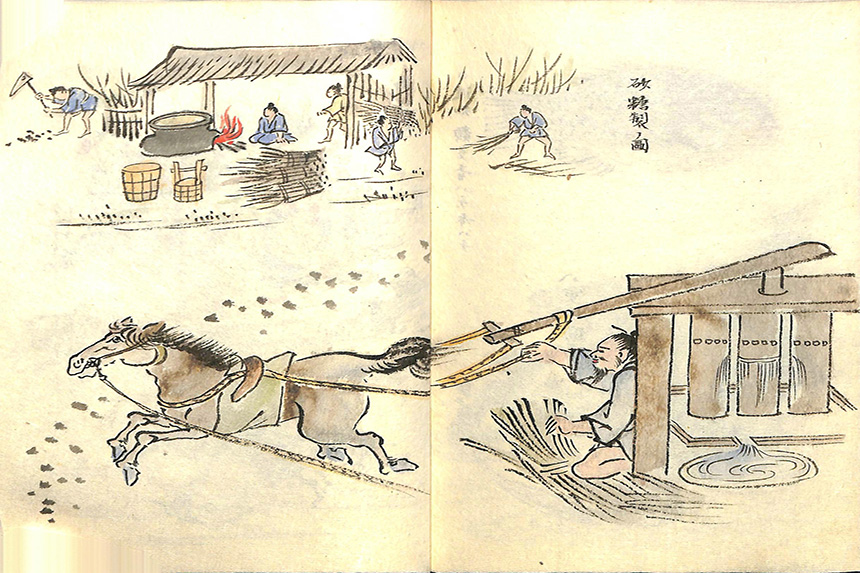
Sugar-making drawing, Nantou Zatsuwa, Amami City Amami Museum collection
Excerpted from Horizon VOL. 30
